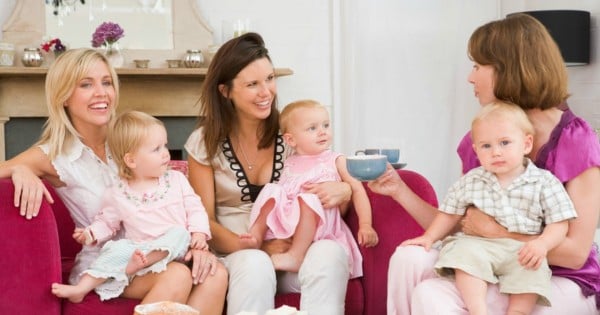
Koa Whittingham, The University of Queensland and Amy Mitchell, The University of Queensland
Women experience shame and judgement from the earliest moments of motherhood. Mothers commonly experience shaming in connection with childbirth and infant feeding, regardless of the type of birth they had or the feeding method used. The existence of “mother guilt” is so well acknowledged by social commentators it is almost a cliché.
But the experience we call “mother guilt” is not really guilt at all. What we are really talking about is shame; a painful emotional experience that can make us feel unworthy, unattractive, disliked or likely to be rejected. Although we can feel both at the same time, shame and guilt are quite different experiences.
An environment rife with shame is a fertile breeding ground for conflict, pitting mother against mother.
Where does shame come from?
Evolutionary theory gives us a useful framework to understand the mother shame culture, and clearly distinguishes between shame and guilt.
Guilt plays an important role in our capacity to be care-givers. It discourages us from harming others and prompts us to repair the harm we have done. Guilt is unpleasant but it’s an important part of our moral life.
Shame, in contrast, is how we respond to social threat. For most animals, a social threat equates with physical aggression. So our evolved strategies for managing social threat are the kinds of responses that were useful to our ancestors when they were being physically threatened: escape and hide, adopt submissive behaviour towards the attacker, or fight back.



